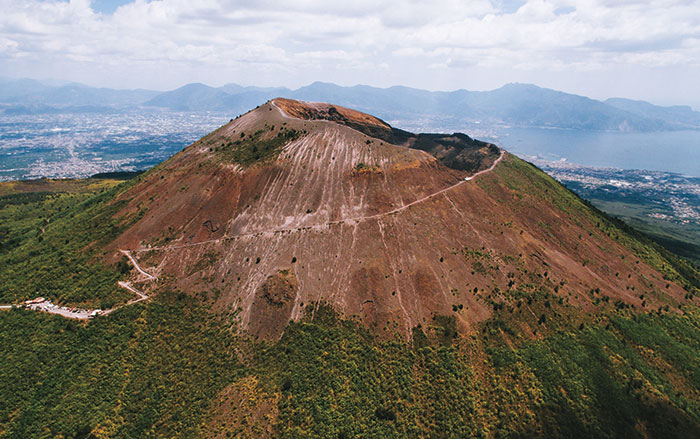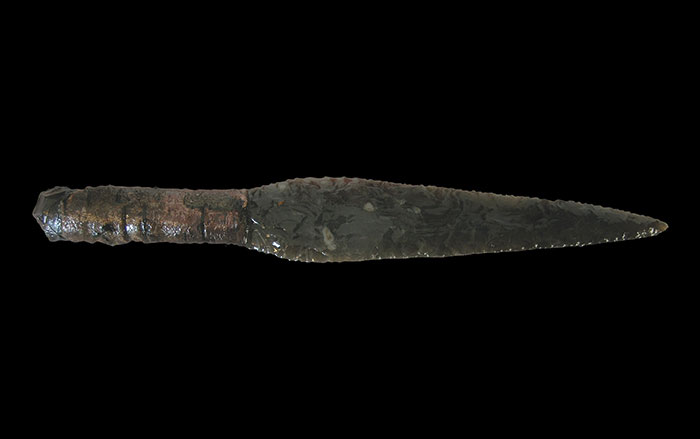
LONDON, ENGLAND—Zena Kamash of Royal Holloway, University of London, examined nineteenth- and early twentieth-century lantern slides of Pompeii taken by tourists, and compared them to modern-day photographs posted by travelers on the Internet. She found that the images are remarkably similar—they contain few people, despite the crowds that are drawn to the ancient city, even in the age of the selfie. “I think we have a very powerful imagined idea of what an ancient city should be like, which is a romantic empty ruin that stands in mute testament to the past. This is the view that has come down to us from the earliest drawings of archaeological sites and through the quiet, empty photos that we find in the lantern slide collection,” Kamash said in a press release. “In the case of Pompeii, I think this is particularly strong because we all know the tragic story of its destruction and devastation by Vesuvius erupting in A.D. 79—the silent plaster casts of the bodies trying to flee seem to really capture people’s imagination and bring home to visitors the emptiness, death and loss suffered by the city all that time ago,” she concluded. To read in-depth about work at one of Pompeii's most iconic buildings, see "Saving the Villa of the Mysteries."









